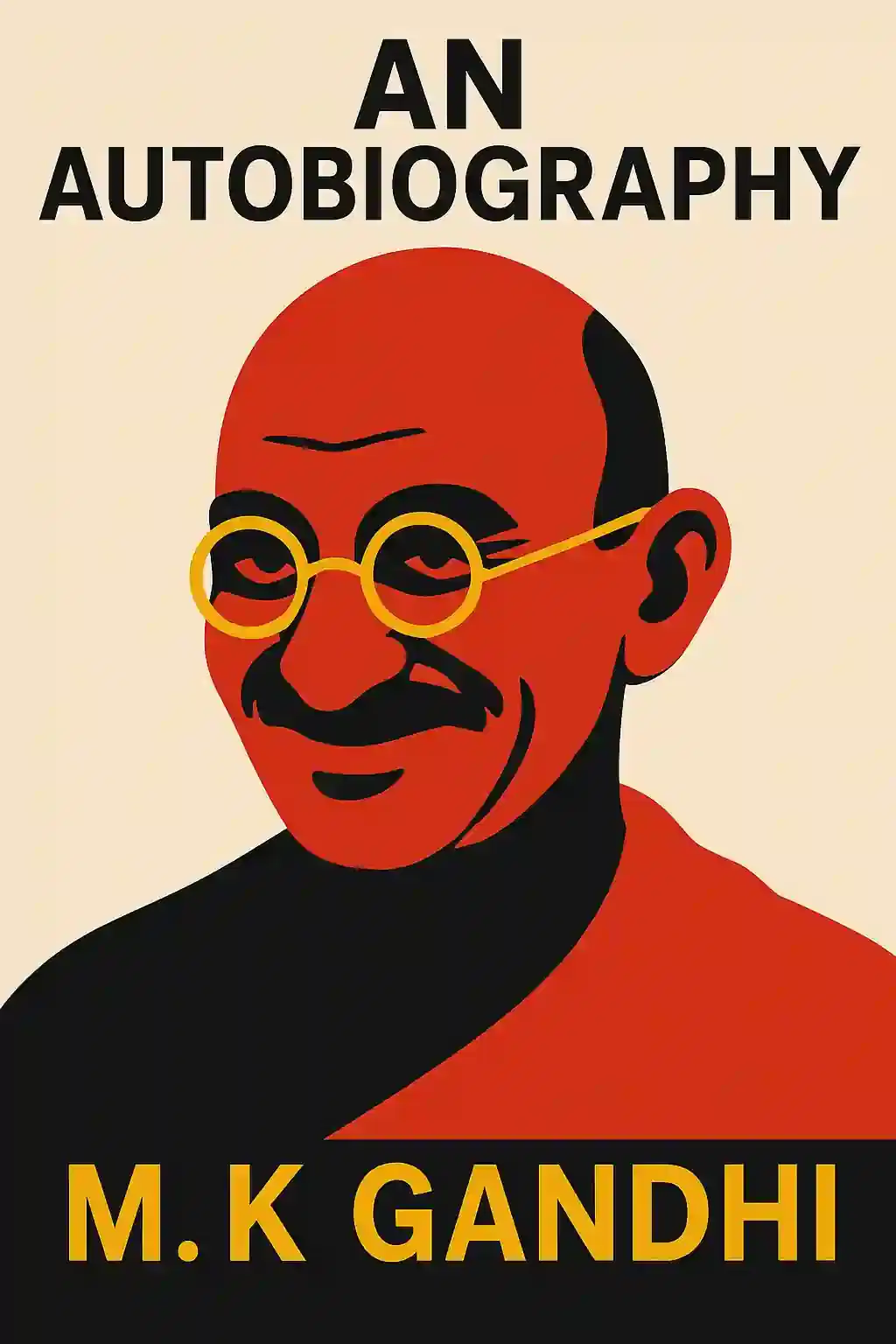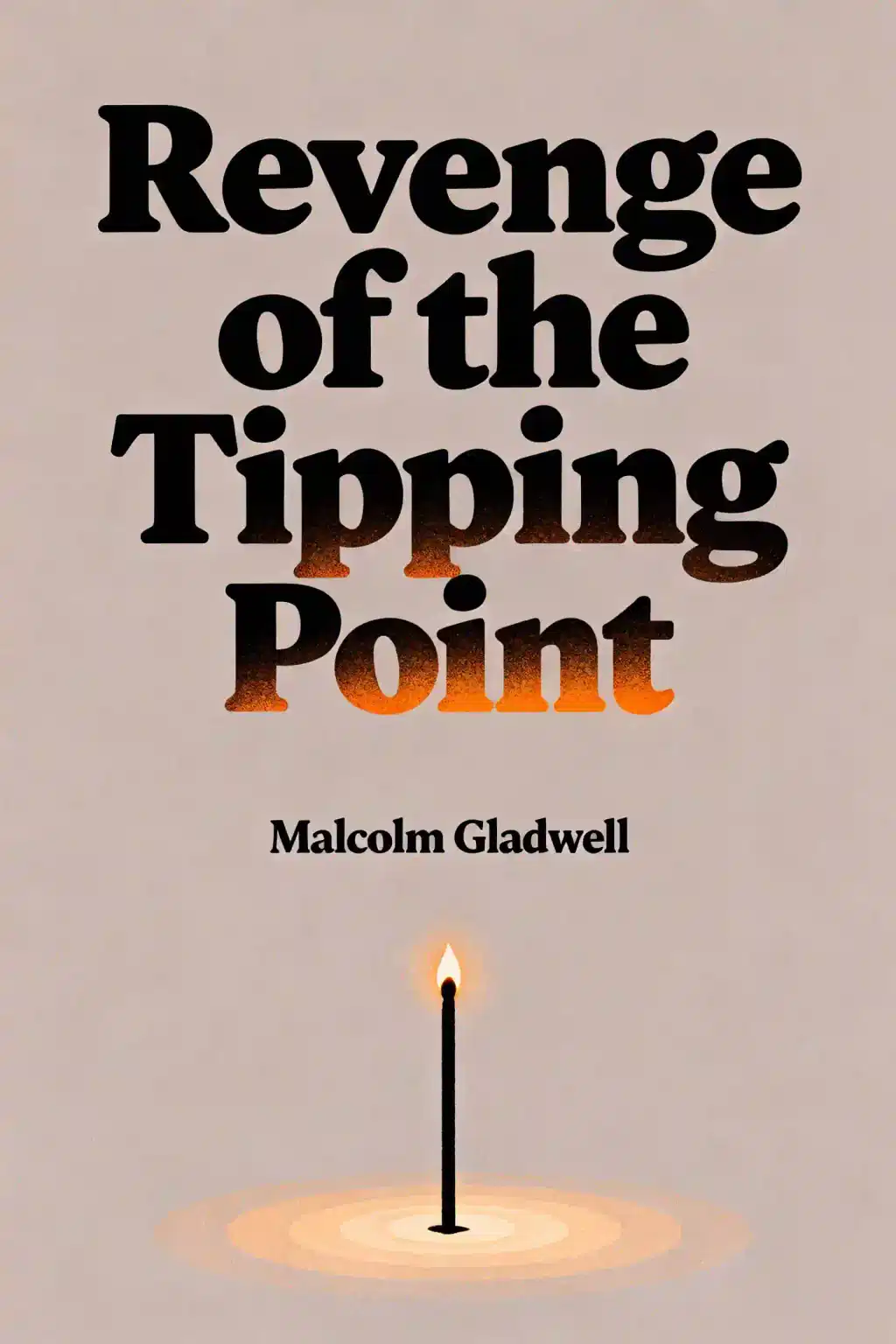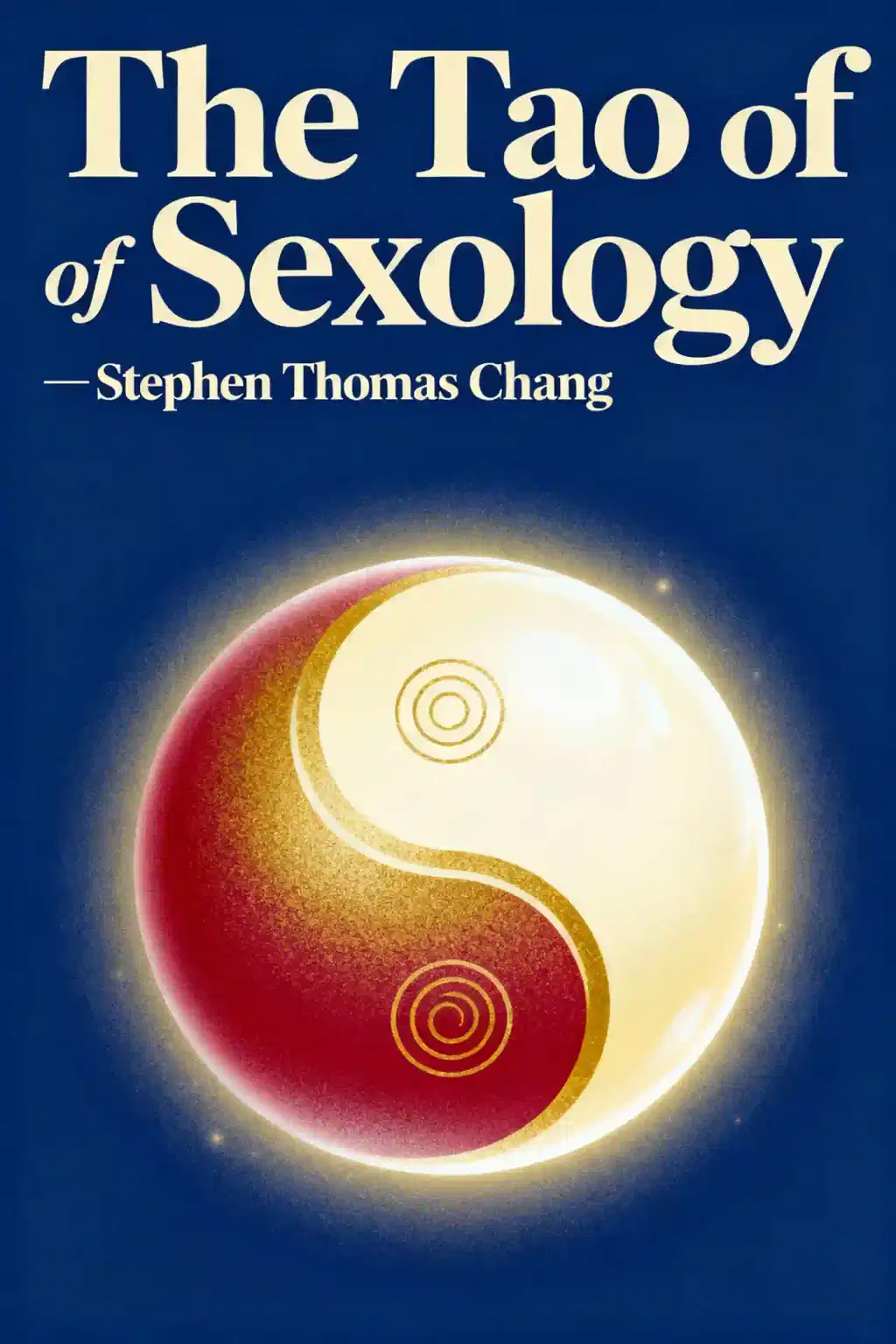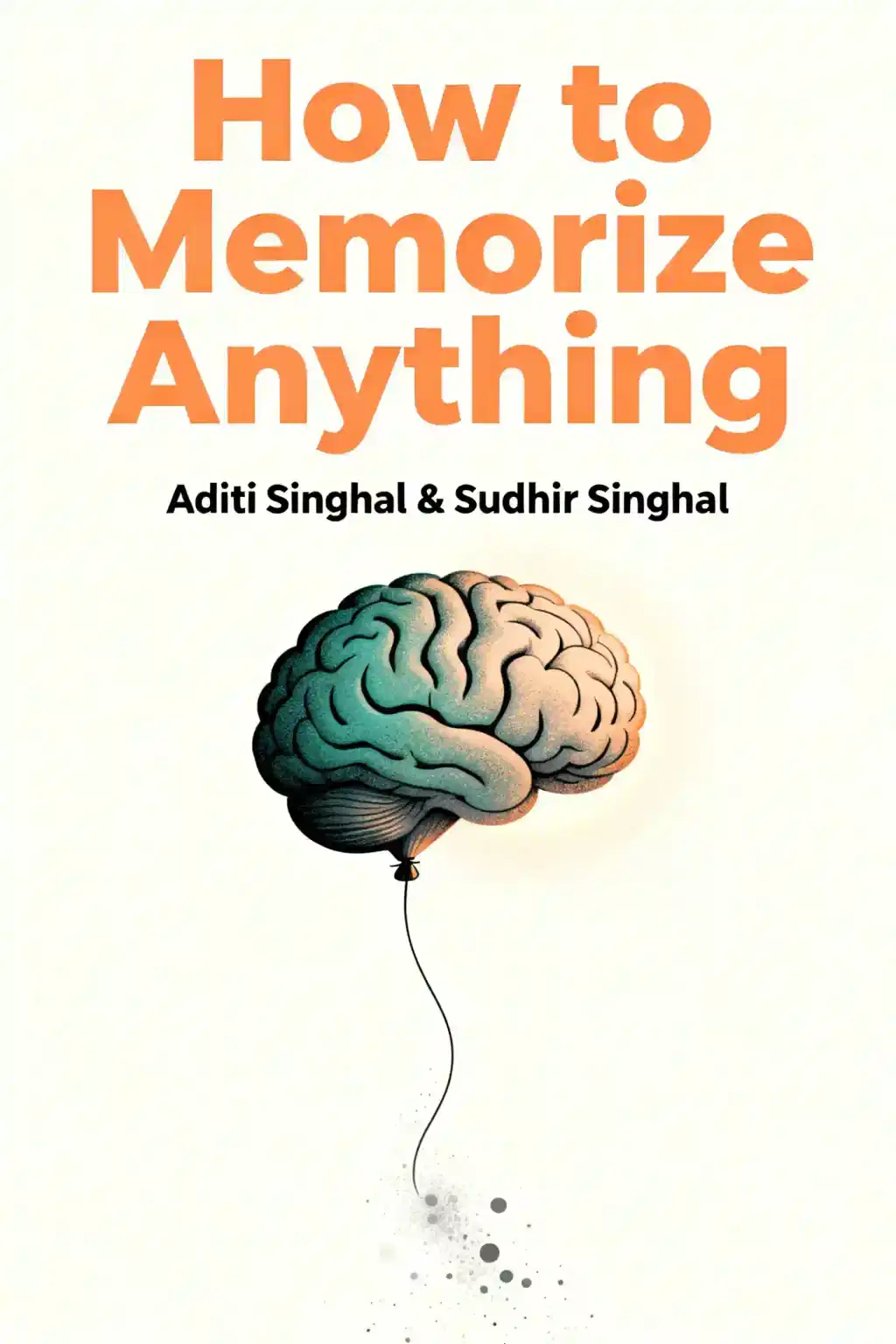What is
Autobiography of a Yogi about?
Autobiography of a Yogi chronicles Paramahansa Yogananda’s spiritual journey, from his childhood in India to founding the Self-Realization Fellowship in America. It explores his encounters with saints like Sri Yukteswar Giri, teachings on Kriya Yoga, and experiences with miraculous events, blending Eastern spirituality with universal themes of self-realization. The book emphasizes meditation, divine love, and the unity of all religions.
Who should read
Autobiography of a Yogi?
This book is ideal for spiritual seekers, yoga practitioners, and those interested in Eastern philosophy. Its insights into meditation, mindfulness, and the interplay between science and spirituality appeal to readers exploring personal growth or the works of influential figures like Steve Jobs, who cited it as transformative.
Is
Autobiography of a Yogi worth reading?
Widely regarded as a spiritual classic, the book has inspired millions since its 1946 release. Its blend of autobiographical storytelling, mystical experiences, and practical wisdom offers timeless guidance for understanding consciousness and inner peace. Translated into 50+ languages, it remains a cornerstone of modern yoga literature.
What is Kriya Yoga, and how is it explored in the book?
Kriya Yoga, a meditation technique emphasizing breath control and energy alignment, is central to Yogananda’s teachings. The book details its origins through his guru lineage (Lahiri Mahasaya to Sri Yukteswar) and its role in accelerating spiritual awakening. Yogananda introduced this practice globally, framing it as a scientific path to divine union.
What are the key spiritual lessons from
Autobiography of a Yogi?
- Self-realization: Direct experience of divinity through meditation.
- Universal brotherhood: Unity of all religions and cultures.
- Miraculous potential: Stories of levitation, healing, and telepathy illustrate mind-over-matter principles.
- Guru-disciple relationship: Importance of spiritual guidance for growth.
Who are the notable figures mentioned in the book?
Yogananda recounts meetings with Mahatma Gandhi, Rabindranath Tagore, and scientist Sir C. V. Raman. He also describes saints like Ananda Moyi Ma and Giri Bala, a yogi who claimed to survive without food. These interactions highlight India’s spiritual richness and its dialogue with Western thought.
How did Lahiri Mahasaya’s prophecy influence Yogananda’s mission?
Lahiri Mahasaya predicted that 50 years after his death (1895), yoga would captivate the West—a prophecy fulfilled when Yogananda published Autobiography in 1946. This timeline motivated Yogananda’s global teachings and establishment of the Self-Realization Fellowship.
Why is
Autobiography of a Yogi significant in Western spirituality?
As the first major Indian yogi to settle in America (1920), Yogananda bridged Eastern mysticism and Western science. His Los Angeles-based organization popularized meditation, influencing today’s mindfulness movements. The book’s enduring appeal among celebrities and spiritualists solidifies its role in shaping modern yoga culture.
What criticisms exist about
Autobiography of a Yogi?
Some readers question its accounts of supernatural events, like materializing objects or resurrection claims. Critics argue these anecdotes challenge scientific skepticism, though supporters view them as metaphors for spiritual possibility. The book’s mystical tone may also deter those preferring secular approaches.
What are iconic quotes from
Autobiography of a Yogi?
- “The season of failure is the best time for sowing the seeds of success.”
- “You are walking on the earth as in a dream.”
These lines reflect Yogananda’s focus on perseverance and transcending illusion to realize one’s divine nature.
How does the book address themes of reincarnation and karma?
Yogananda illustrates reincarnation through past-life recollections of saints and his own visions. He frames karma as cosmic justice, where actions in one life shape future existences, urging readers to live ethically to break rebirth cycles.
How does
Autobiography of a Yogi compare to other spiritual memoirs?
Unlike philosophical texts, it combines personal narrative with practical yoga teachings. While The Tibetan Book of the Dead focuses on afterlife rituals, Yogananda’s work emphasizes living with divine awareness, making it accessible to modern readers. Its blend of biography and universal spirituality remains unique.
Can
Autobiography of a Yogi help with daily stress and anxiety?
Yes—its meditation techniques and emphasis on inner calm provide tools for managing modern stressors. Yogananda’s teachings on breath control (Kriya Yoga) are particularly effective for fostering mindfulness and emotional resilience.
Why is the book still relevant in 2025?
Amid global interest in mental health and holistic wellness, Autobiography offers timeless strategies for inner peace. Its message of unity between science and spirituality resonates in an era prioritizing evidence-based mindfulness practices.




















